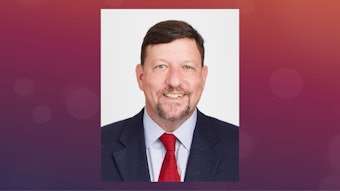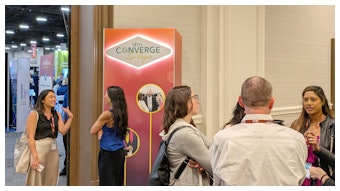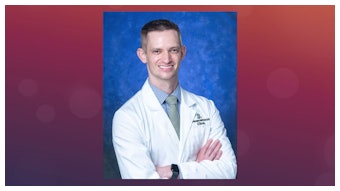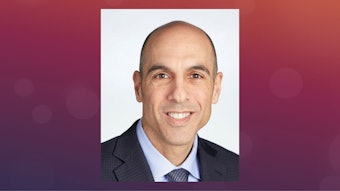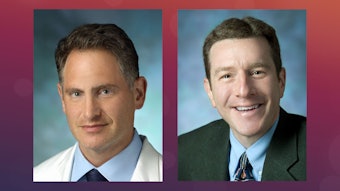The hospitalist’s role in perioperative care
Session to explore top, practice-changing articles in perioperative medicine over the last year.

A good journal article can be invaluable for the hospitalist providing perioperative care. Yet, with so many informative articles at hand, it can be tough to filter the search to meet the hospitalist’s most pressing and timely needs.
SHM takes on that challenge and distills the most important selections at its annual session, “Updates in Perioperative Medicine.” The session is designed to highlight and provide key takeaways on some of the top, practice-changing articles in perioperative medicine over the last year.
“Most hospitalists are involved in perioperative care of surgical patients, either as a consultant or in the co-management role,” said session co-director Smita Kalra, MD, SFHM, FACP, associate professor of medicine at the University of California Irvine. “This session has been a staple at SHM Converge in prior years. For one of the largest growing specialties in medicine, I think the annual meeting committee understands the value this session brings to our attendees and how it can inform their practices when they return to work.”
This year’s session will feature between eight and 10 articles on topics the committee believes can reinforce a practice or be “practice changing.” According to fellow session co-director Hollis Ray, MD, DFPM, SFHM, the articles are selected based on their unique tips and strategies as well as the back-to-basics knowledge important to hospitalists. Dr. Ray is a clinical physician executive at Novant Health and holds a clinical assistant professorship with the University of North Carolina School of Medicine.
“We comb the literature for the past year and look for topics and controversies that are commonly encountered while caring for the surgical patient,” Dr. Ray said. “As medicine continues to evolve, we must also evolve regarding perioperative care. We want attendees to leave the session with an open mind on how perioperative practice is changing, and perhaps a new consideration for how to manage certain situations in perioperative medicine.”
Some of this year’s key journal articles include:
- Role of Anticoagulation Therapy in Modifying Stroke Risk Associated With New-Onset Atrial Fibrillation After Noncardiac Surgery: Hospitalists often witness and manage new onset atrial fibrillation (AFib) in the post-operative period, and there are questions around how to best reduce stroke risk and manage anticoagulation in this period, especially when the risk of bleeding may also be high. Presenters will highlight the evidence to inform decision-making in this subset of population.
- Continuation vs Discontinuation of Renin-Angiotensin System Inhibitors Before Major Noncardiac Surgery: The Stop-or-Not Randomized Clinical Trial: Should you stop or continue the renin angiotensin system inhibitors before surgery? This question has challenged internists, anesthetists, and surgeons alike. Presenters will offer new evidence to guide management strategy.
- Risks of Peri- and Postoperative Complications With Glucagon-Like Peptide-1 Receptor Agonists: GLP-1 agonists have been in the news not just in medical literature but in mainstream press as well. We are still learning some of the perioperative risks with these medications and due to concern for aspiration risk, anesthesia guidance recommends holding these medications for one dose before surgery. In a new study that we plan to present, we look at how significant this risk is.
In all, Drs. Ray and Kalra said the nature of perioperative care has a unique role for integrating myriad resources and consultants.
“The interesting and unique niche that perioperative medicine has is that it is interdisciplinary and collaborative,” Dr. Ray said. “One must have awareness of how anesthesia, surgery, and hospital medicine each play an essential role in the care of a surgical patient. By working together and integrating shared decision-making, we deliver patient-centered, perioperative care.”
Visit SHM Meeting News Central for more coverage.


